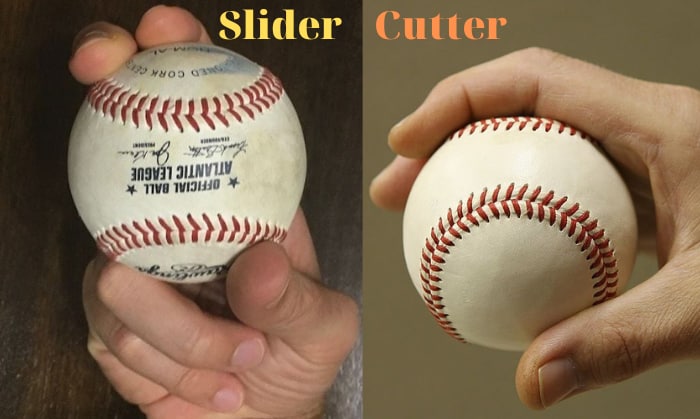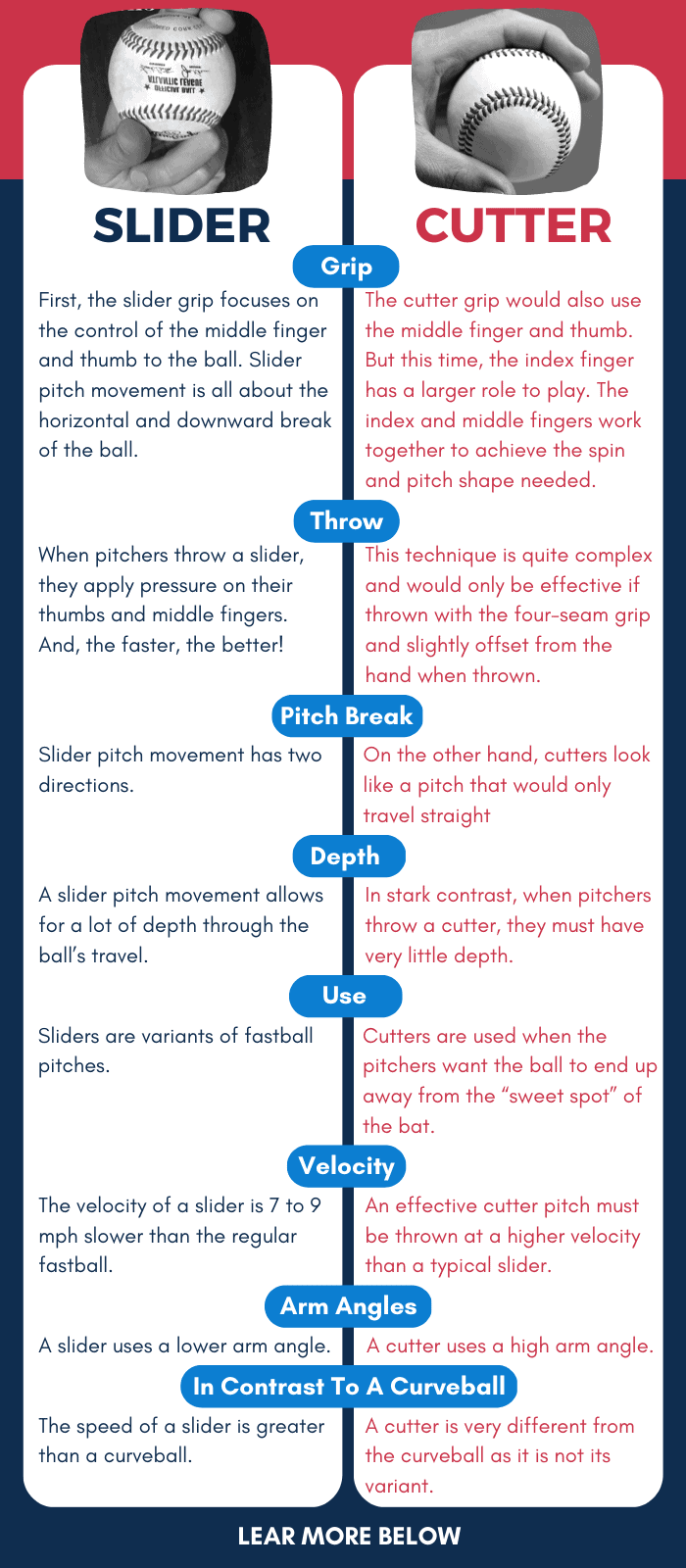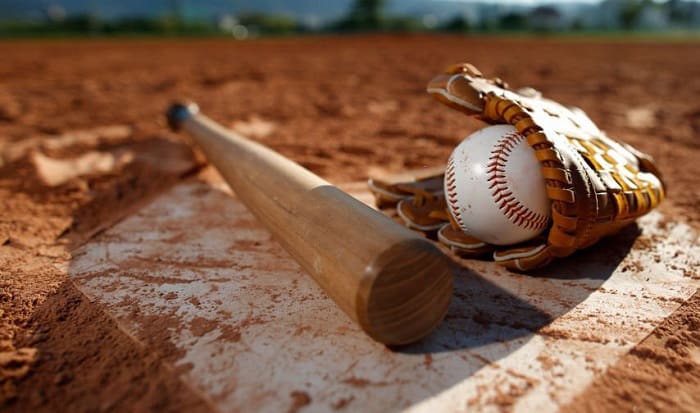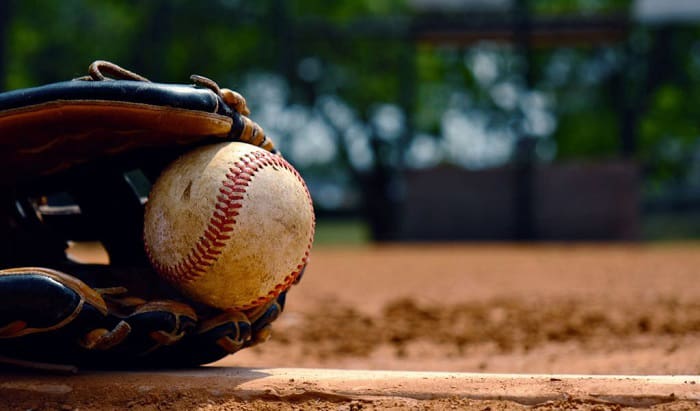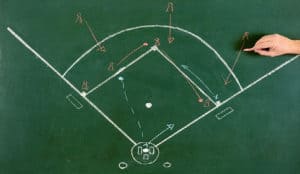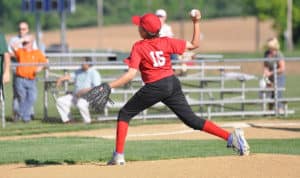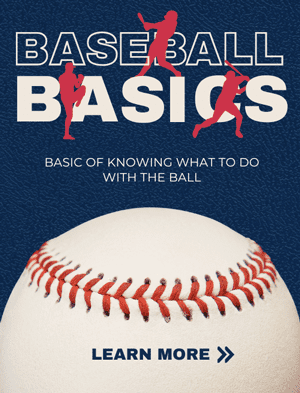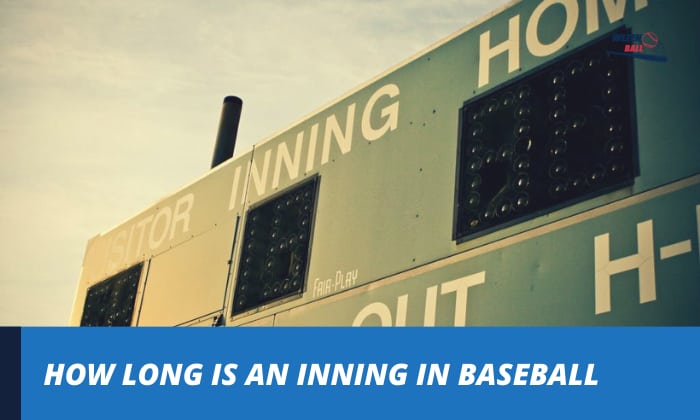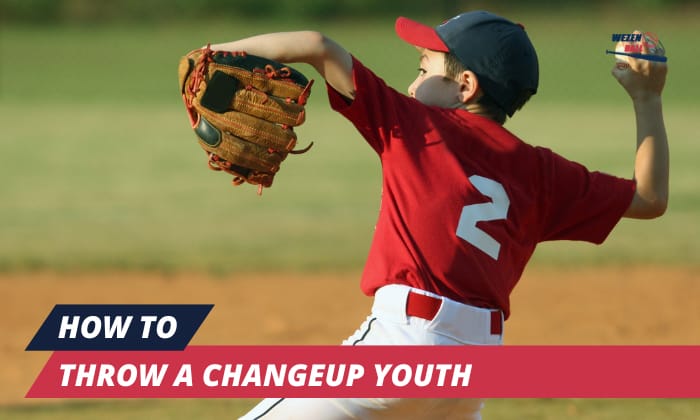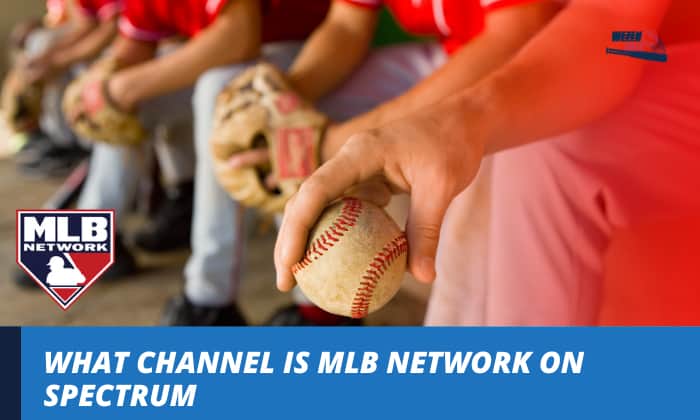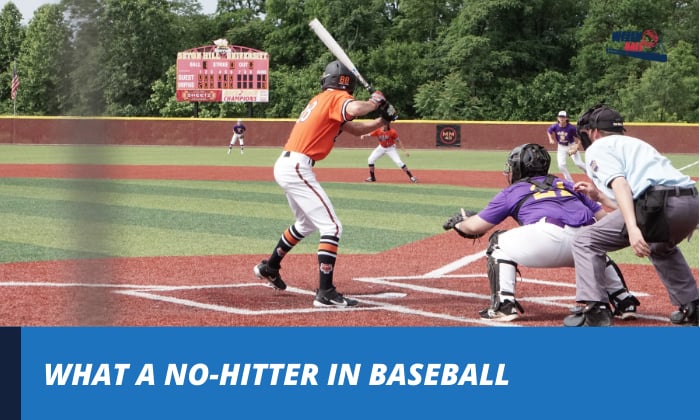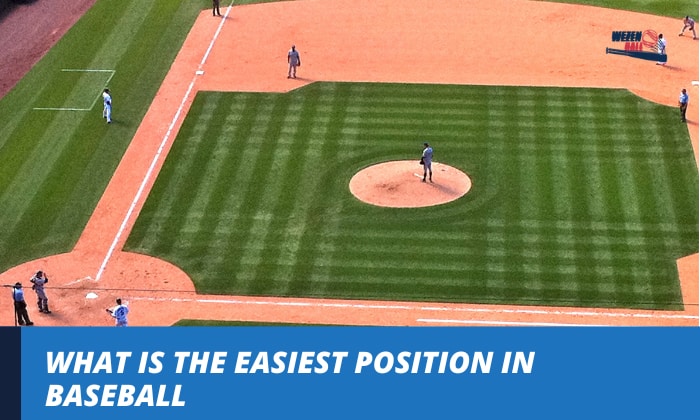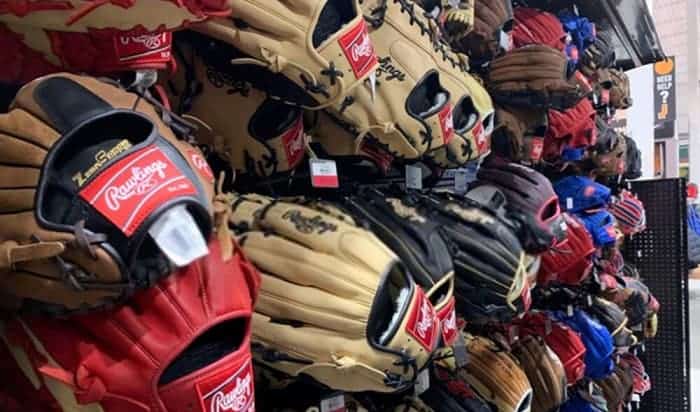The fans hold on to their seats, waiting for the pitcher to cast his do-or-die throw that will settle the game once and for all!
A pitcher has a wide range of throws to use against their opponents. However, each pitch is unique and has different levels of complexity. Two of the exciting pitches to talk about are sliders and cutters.
A common way of describing the difference between the two pitches is how similar it looks to other pitches. For instance, the slider in baseball looks a lot like a curveball. While the baseball cutter looks like a fastball.
Contents
Comparing Sliders Vs. Cutters
Baseball sure gets interesting as there is the element of surprise on what pitch comes next. Suppose you are a baseball enthusiast or would love to play it yourself. It is of great advantage if you know the difference between a slider and a cutter!
An untrained eye would have difficulty seeing the difference between a slider vs cutter. Differences in the two pitches are mainly observed in the grip, throw, pitch break, and speed.
Let us now dive into the specifics and know-how you need to understand the two pitches.
Telling the Difference Between Sliders and Cutters in Baseball
However, the nitty-gritty details that differ sliders from cutters would not be as obvious. If you get confused between the two, do not worry because here is a simple comparison:
1. Grip
Firstly, let us dive into how the pitcher grips the ball. Ball grips put the pitcher in full control of how the ball would travel. This can give us a clue of what type of pitch is coming!
However, as seen in most professional leagues, there is no one uniform way of gripping a baseball, even intending to throw the same pitch. Still, common patterns exist, and we can use them as a guide.
- First, the slider grip focuses on the control of the middle finger and thumb to the ball. Slider pitch movement is all about the horizontal and downward break of the ball.
The uniqueness of the slider grip makes it look like the pitcher is only looking at the outer third of the ball. The pinky and ring fingers act as support on the side as the thumb, and middle finger do all the work.
Pitchers achieve the slider pitch movement by putting pressure from their middle finger to determine the glove side break. Then, their thumbs further control it.
- The cutter grip would also use the middle finger and thumb. But this time, the index finger has a larger role to play. The index and middle fingers work together to achieve the spin and pitch shape needed.
2. Throw
Now that you know the difference in grip, we can discuss the specifics of throwing the ball.
- When pitchers throw a slider, they apply pressure on their thumbs and middle fingers. And, the faster, the better!
- But what about pitchers that throw a cutter? This technique is quite complex and would only be effective if thrown with the four-seam grip and slightly offset from the hand when thrown.
3. Pitch Break
A pitch break or pitch movement refers to the ball’s course as affected by its throw, speed, and effect of gravity. Knowing the difference in pitch break of the cutter and slider would also help identify the two.
- Slider pitch movement has two directions. They break horizontally and downward as the ball travels near the home plate.
- On the other hand, cutters look like a pitch that would only travel straight but suddenly break unidirectionally when very close to the batter.
The pitch break of sliders and cutters happens when they are almost at the batter’s position. A more surprising pitch break makes sliders and cutters effective in getting the batter called out!
4. Use
The effectiveness of a pitch must be coupled with its appropriate use. You cannot expect one type of pitch to be effective against all instances because you can get predictable. Remember, the element of uncertainty makes a winning pitch!
- To recap, sliders are variants of fastball pitches. Therefore, they look exactly like a fastball.
Pitchers use a slider in baseball, especially if their batter expects a fastball.
A well-thrown slider will change its direction when very close to the batter. So, if batters expect a fastball, they will get confused and make a bad swing.
Similarly, sliders can be used to place the ball outside the strike zone intentionally. The batter will try chasing the ball, making their swing miss.
Slider pitches aim to make the batter miss their swing.
- A cutter, however, does not aim for that! Cutters are used when the pitchers want the ball to end up away from the “sweet spot” of the bat.
An effective cutter makes sure that it contacts the thin part of the bat. As it misses the bat’s sweet spot, batters would commit a mistake in their swing because of the weak contact.
Furthermore, a baseball cutter is difficult to execute. Pitchers who are effective in the pitch choose to throw it after making a curveball or slider, similar to being a last resort.
5. Depth
In baseball, depth refers to the pitcher’s ability to make the ball change its vertical position during the course of the throw. In other words, the ball’s depth depends on how it moves from the up and down direction, of course, as dictated by speed and gravity.
- A slider pitch movement allows for a lot of depth through the ball’s travel.
- In stark contrast, when pitchers throw a cutter, they must have very little depth. The depth is a striking difference between slider and cutter.
6. Velocity
The pitch’s velocity dictates most of the factors that make each pitch discernible.
- An effective cutter pitch must be thrown at a higher velocity than a typical slider.
A standard cutter pitch done by a right-handed athlete would be at 88.6 miles per hour. In contrast to a classic fastball, the cutter is 2 to 5 mph slower.
- On the other hand, the velocity of a slider is 7 to 9 mph slower than the regular fastball, making it a pitch slower than a fastball but slightly faster than a cutter pitch.
7. Arm Angles
Now, let us also discuss the difference between the cutter and slider based on the arm angles needed to execute. This was noted by the pitcher Roger McDowell in his attempt to uncover the difference between these pitches.
He noted that a slider uses a lower arm angle than a cutter. On the contrary, cutters would only be done at either a low or high arm angle based on the pitcher’s preference.
8. In Contrast To A Curveball
We have seen the slider and cutter in the earlier comparisons. But how about diving deeper and talking about the cutter vs slider vs curve?
A curveball is a pitch that can help us get a better idea of the slider. A curveball is a pitch that makes the ball spin as it flies and curves downwards as it approaches the home plate.
The speed of a slider is greater than a curveball. Furthermore, the fingers that release a curve and a slider are different. A cutter is very different from the curveball as it is not its variant.
Slider Pitch: An Overview
After knowing the difference between the slider and cutter, we can now summarize what makes a pitch a slider.
During the early 20th century, the slider pitch was first known as the “nickel curve,” probably because of its unique pitch break.
The fast velocity makes it possible to have that surprising downward and horizontal movement change.
The professionals use a slider pitch for a common purpose: pitchers want to throw a deceiving ball so their batter would get confused and miss it!
Cutter Pitch: An Overview
What is a cutter in baseball? Another name for this pitch is the cut fastball because it is derived from the fastball pitch.
The cutter pitch is directed to make the batter hit with the weak part of the bat and could even risk breaking their bats!
Cutters tend to change their direction when close to the home plate, making the batter commit mistakes when swinging.
Talking about the cutter pitch would not be complete without talking about Yankees’ Mariano Rivera. This pro made the cutter pitch almost exclusive to all his throws, making him gain popularity for it!
Conclusion
Athletes choose a pitch depending on their skills, preference, and training. There is no one-size-fits-all pitch that can work for all pitchers in all instances.
By now, you would have the knowledge needed to tell the difference in a slider vs cutter debate! You have seen how different they are in-depth, pitch, throw, grip, and lots more.
The concepts you learned here will surely help you, especially if you want to be a great pitcher yourself!

A powerful swing and the ball is flying across the field, just one hit, and we might never forget the thrill it brings. I do not know about you, but I never do. Every baseball game is the chance to compete with others and cooperate with your teammate. It is among my biggest passions.



